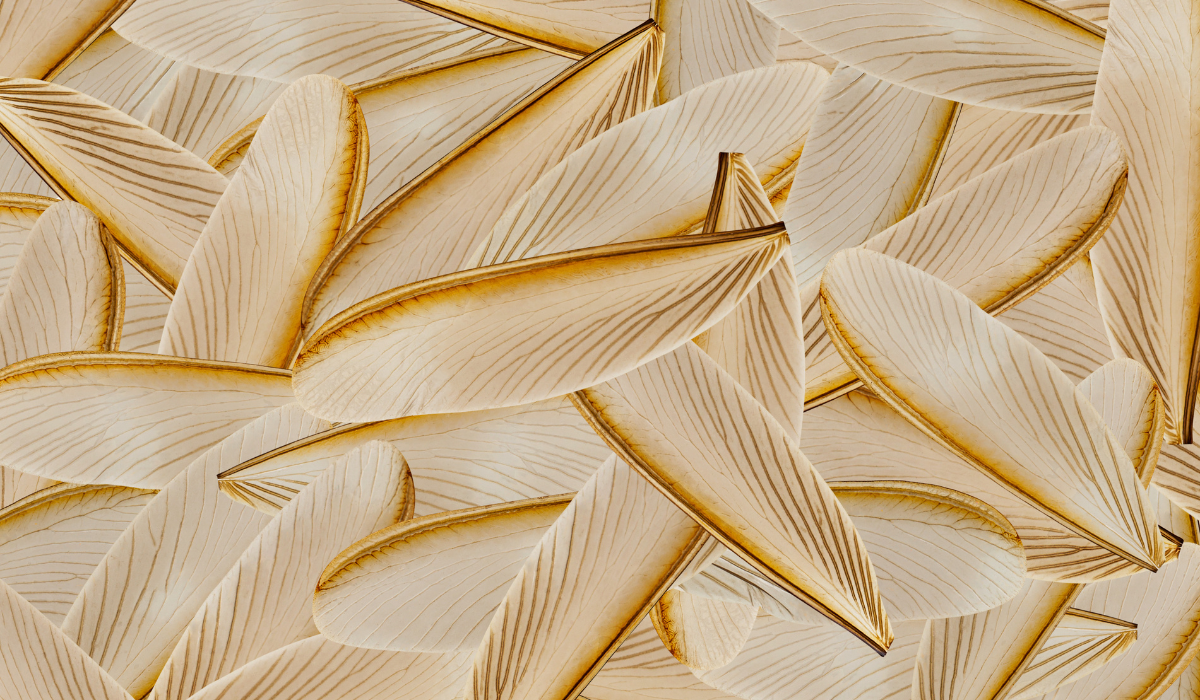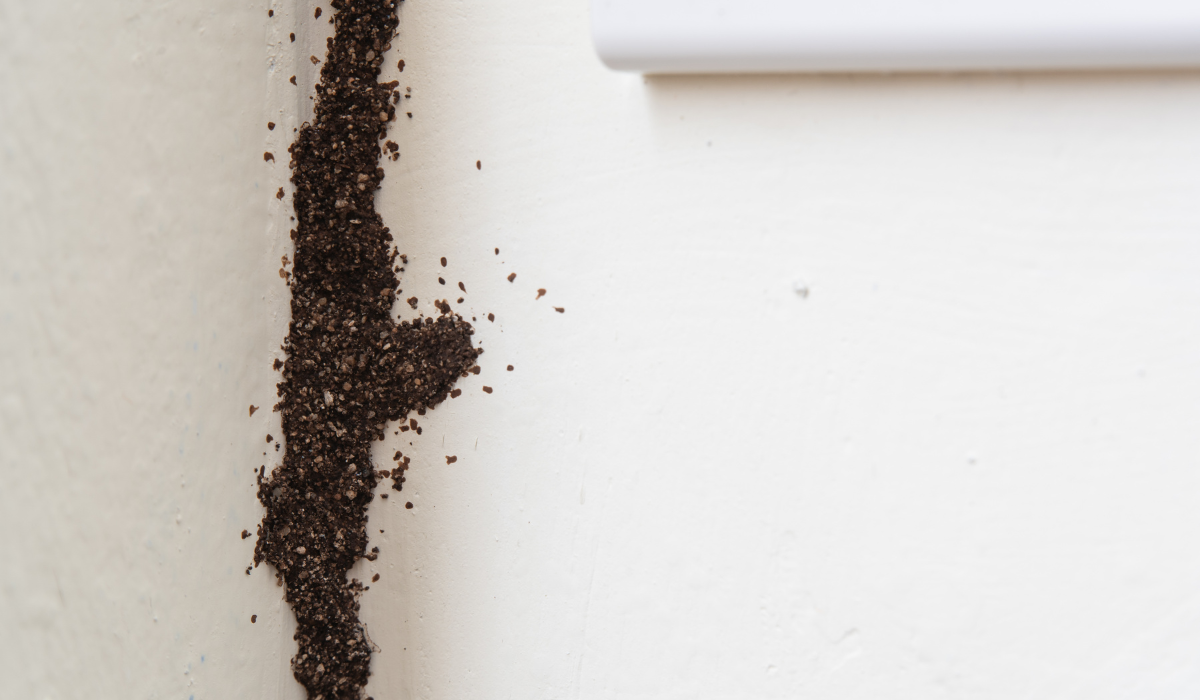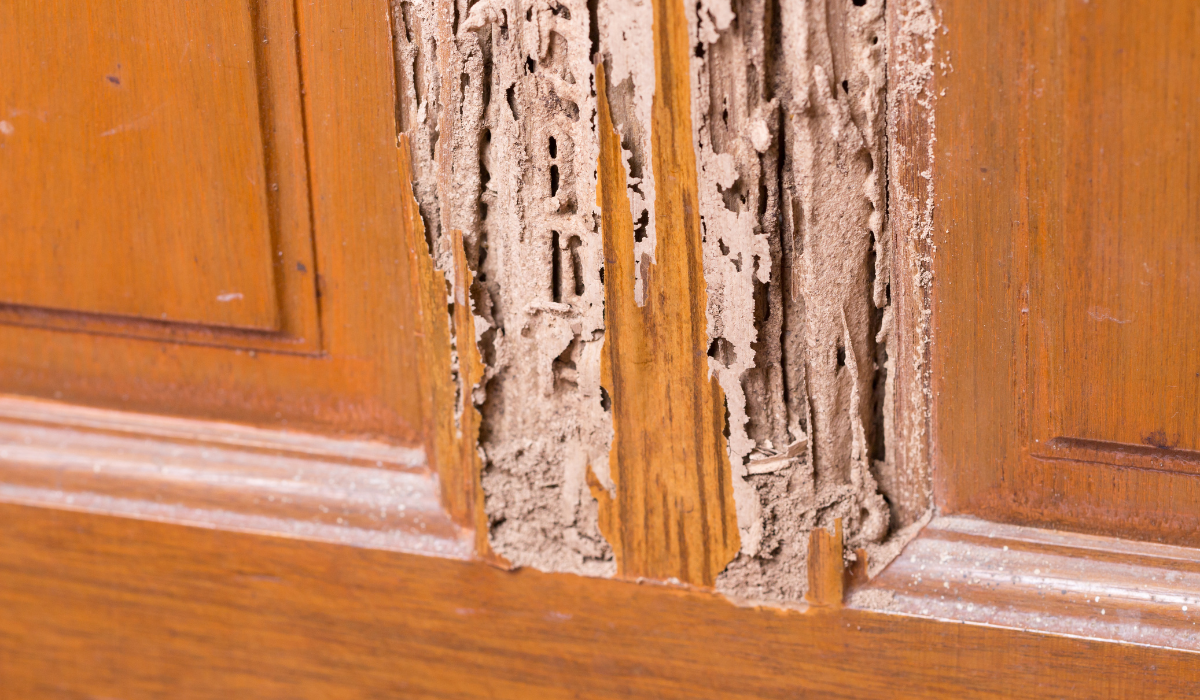Swarmers in Miami: What to Know About Winged Termites
If you've seen winged termites flying around your home, it’s a sign of an active termite infestation. While they don’t cause damage themselves, they indicate that an established colony is nearby—and that could lead to structural damage to your home.
For homeowners in South Florida, understanding when they swarm and how to implement preventative measures can help protect your property from costly repairs.
Key Takeaways
- Termite swarmers leave their colony to start new ones and can look like flying ants to homeowners.
- In Florida, these pests stay active all year, but different types of termites swarm in different seasons.
- Signs of termites include discarded wings, mud tubes, droppings, and hollow or damaged wood.
- Pest control helps get rid of termites, but sealing gaps and reducing moisture can help prevent them.
What Are Termite Swarmers?
Termite swarmers, also known as alates, are flying termites that leave their original colony to establish new colonies.
Unlike worker termites that remain hidden inside wooden structures, swarmers are visible when they take flight, often appearing in large numbers near windowsills, entry points, and outdoor lights.
Winged termites have straight antennae, a broad waist, and two pairs of wings of equal size. They are often mistaken for flying ants, which have bent antennae, a pinched waist, and uneven wings.
When Do Termites Swarm in Florida?
In Florida, the termite swarming season depends on the species. Miami’s humid climate especially allows termites to stay active year-round, but their swarming seasons vary.
Subterranean termites, including the Formosan subterranean termites, swarm in the spring, especially after rain. Drywood termites, such as the West Indian drywood termites, swarm in late summer and fall.
Because the state has some of the highest termite activity in the country, homeowners should stay vigilant no matter the time of year.
Signs of a Termite Infestation
If you’ve seen swarmers from different species of termites, check for these additional signs of termite activity:
- Discarded Wings – After swarming, termites shed their wings, which you may find near windowsills, entry points, or light fixtures.

- Mud Tubes – Subterranean termites build mud tubes along wooden structures, foundations, and walls to protect themselves from the air while they travel between their nest and food.

- Frass (Droppings) – Drywood termites push out droppings, also called frass, which look like tiny wood-colored pellets.
.2501150236598.webp)
- Wood Damage – Termites eat wood from the inside out, causing it to sound hollow when tapped. You may also see blistering or honeycomb patterns in the wood.

How to Get Rid of Termites and Prevent Future Infestations
Because termites are so destructive, pest control services from experts are recommended. Once done, taking preventative measures before an infestation starts is important.
Here’s what you can do:
- Reduce Moisture – Fix leaks, clean gutters, and improve ventilation in crawl spaces and attics.
- Seal Entry Points – Close gaps around windowsills, doors, and the home’s foundation to block termite access.
- Limit Mulch Use – Keep mulch at least 12-18 inches away from your home, as it retains moisture.
- Keep Food Sources Away from the Home – Store firewood, cardboard, or cellulose-rich items away from the foundation.
- Treat Exposed Wood – Apply borate-based wood treatments to wooden structures.
- Schedule Regular Inspections – Hire a pest control company to perform yearly termite inspections to catch early signs.
Work with a Trusted Termite Control Company
If you already have a termite problem, a professional termite treatment plan is necessary. At Native Pest Management, our exterminators offer several options, such as:
- Bait Stations – Our Trelona Advanced Termite Bait Systems actively eliminate subterranean termite colonies by allowing worker termites to bring the bait back to the nest.
- Fumigation & No-Tent Treatments – For drywood termites, we offer fumigation or localized treatments, depending on the severity of the infestation.
- Foundation Trenching – This method creates a barrier in the soil to prevent termites from reaching your home.
